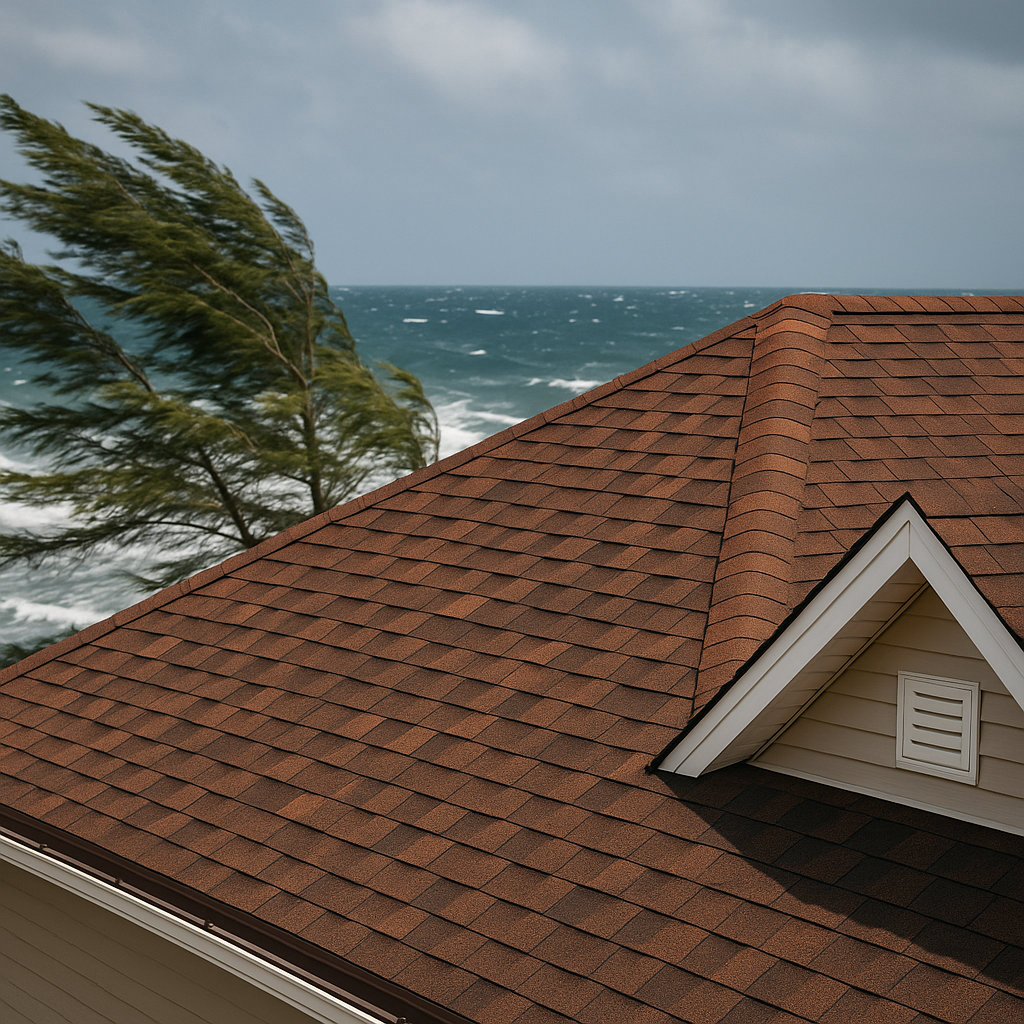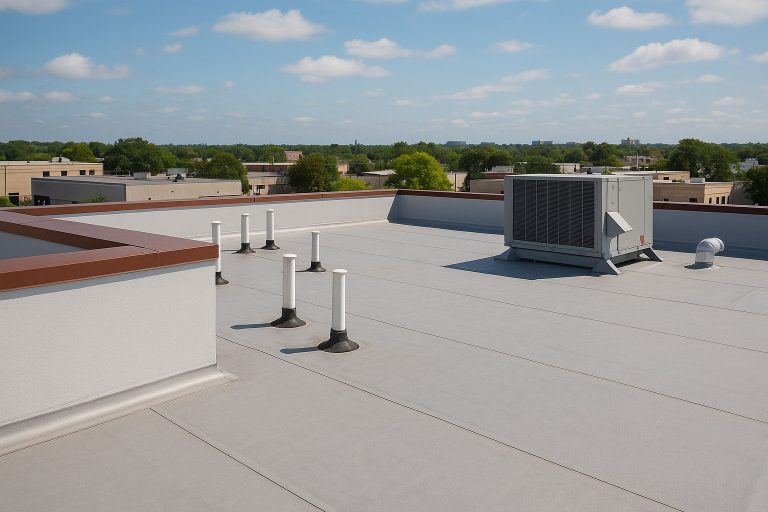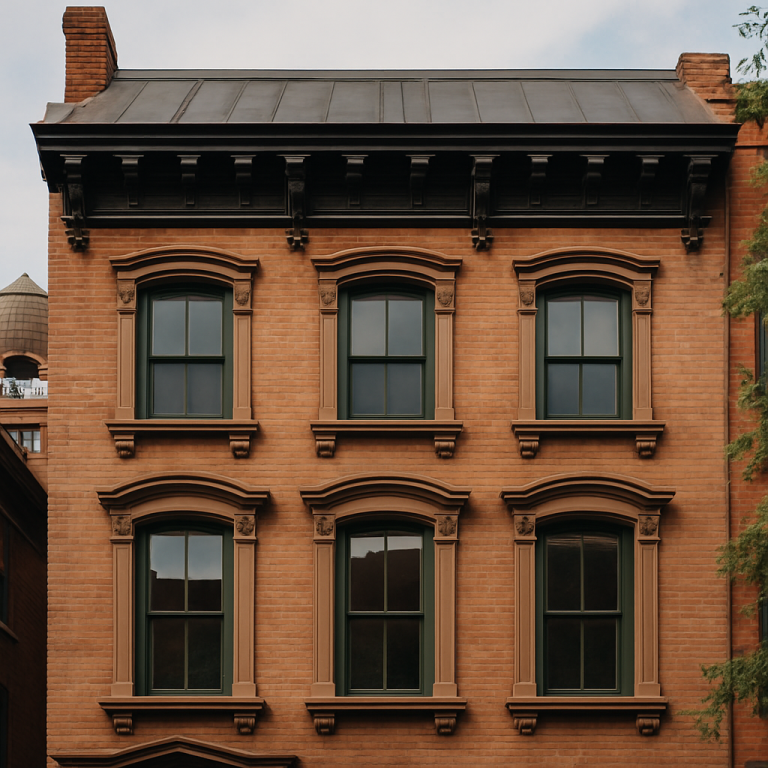The Effects of Coastal Winds on Roofs in South Jersey
Living in South Jersey means enjoying beautiful coastal views, but it also means dealing with the constant threat of coastal winds. Over time, these powerful forces can severely damage your roof if you are not properly prepared. Understanding how coastal weather affects roofing systems and taking proactive measures can save you thousands of dollars in repairs.
At Ortega Roofing Co, we specialize in protecting homes along the South Jersey coastline from the unique challenges that wind, salt air, and storms bring. Here’s what every coastal homeowner needs to know.
Table of Contents
Why Coastal Winds Are Especially Tough on Roofs
Strong, Frequent Wind Gusts
Coastal areas like Atlantic City, Cape May, and Ocean City experience year-round gusts that can easily lift and loosen roofing materials. Even moderate breezes cause cumulative stress, while stronger storms can lead to immediate damage.
Salt Air and Material Degradation
Salt from the ocean air accelerates corrosion of flashing, nails, fasteners, and any exposed metal components. This corrosion weakens critical roofing elements and can shorten a roof’s lifespan dramatically.
Storm Surge and Rain-Driven Wind
Nor’easters and tropical storms often bring driving rain combined with powerful winds. Wind-driven rain can find its way into the smallest cracks and weaknesses, leading to interior water damage and mold growth.
Top Signs of Wind Damage to Look for on Your Roof
Missing or Displaced Shingles
If shingles are missing or appear lifted, your roof has already been compromised. South Jersey’s coastal winds commonly rip shingles away from roofs that are aging or improperly installed.
Loose or Bent Flashing
Flashing around chimneys, vents, and skylights is vulnerable to wind. When flashing bends or loosens, it exposes seams where water can infiltrate.
Roof Leaks and Water Stains
Even if no shingles appear missing, wind-driven rain can force its way into your home through micro-tears or weaknesses. Watch for water stains on ceilings or walls as signs of roof leaks.
Sagging Rooflines or Uneven Shingle Patterns
Coastal wind pressures can stress roofing structures over time. A sagging roof or warped shingle patterns often indicate long-term damage caused by continual gusts.
For professional inspections and repairs, visit our Roofing Services page.
Coastal Wind Threats vs. Roofing Vulnerabilities
| Coastal Wind Effect | Roofing Vulnerability | Urgency to Repair |
|---|---|---|
| High-Speed Gusts | Shingle lifting, flashing damage | Immediate |
| Salt Air Corrosion | Rusting of fasteners, metal flashing | High |
| Rain-Driven Wind | Water infiltration around seams | Immediate |
| Pressure Changes from Gusts | Roof deck stress and fastener loosening | High |
Proactive maintenance can prevent these vulnerabilities from becoming costly emergencies.
How to Protect Your Roof Against Coastal Winds
Use Wind-Resistant Roofing Materials
Investing in materials designed for high-wind resistance is essential in coastal zones. Architectural shingles, metal roofing, and specialized fasteners rated for hurricane conditions offer superior protection.
Regular Roof Inspections
Schedule inspections twice a year and after major storms. Professional roofers can detect early signs of wind damage that may be invisible from the ground.
Reinforce Flashing and Ridge Caps
Securing and upgrading flashing and ridge caps with storm-resistant materials helps prevent wind and water intrusion at critical connection points.
Maintain Proper Attic Ventilation
Balanced attic ventilation reduces the risk of pressure build-up under the roof during high-wind events, which can otherwise lead to wind uplift and structural failure.
If you’re unsure about the current condition of your roof, contact Ortega Roofing Co for a professional evaluation.
Why Work With Ortega Roofing Co for Coastal Roofing Solutions
Ortega Roofing Co has deep experience working with coastal homes in South Jersey. We offer:
- Expertise in high-wind and salt-air resistant roofing systems
- Local knowledge of building codes and weather patterns
- Full licensing, bonding, and insurance
- Emergency response services for post-storm inspections and repairs
- A commitment to protecting South Jersey homes year-round
When you partner with Ortega Roofing Co, you’re getting more than a roofing contractor—you’re gaining peace of mind against the elements.
Frequently Asked Questions
How much wind can a typical asphalt shingle roof withstand?
Standard asphalt shingles are rated for winds up to 60–80 mph. Architectural shingles and upgraded systems can handle winds exceeding 110 mph when properly installed.
Should I replace my roof with hurricane-rated shingles?
If you live along the South Jersey coast, upgrading to hurricane-rated shingles is highly recommended. They provide better resistance to wind uplift and flying debris.
Can Ortega Roofing Co inspect for salt damage?
Yes. We specifically check for early signs of salt-induced corrosion during our coastal roof inspections, including hidden damage to flashing, fasteners, and vent systems.
How often should coastal homes schedule roof inspections?
We recommend inspections twice a year—once in the spring and once in the fall—and after any major storm event to catch issues early.
Will insurance cover coastal wind damage to my roof?
Most homeowners insurance policies cover windstorm damage, but prompt inspection and documentation are critical to filing a successful claim.
Protect Your South Jersey Roof from Coastal Wind Damage Today
Don’t wait until a severe storm exposes hidden roof vulnerabilities. Prepare your home now with a comprehensive roof inspection and preventive services from Ortega Roofing Co.
Contact Ortega Roofing Co today to schedule your coastal roof inspection. Our experienced team is ready to help you weather any storm with confidence.






